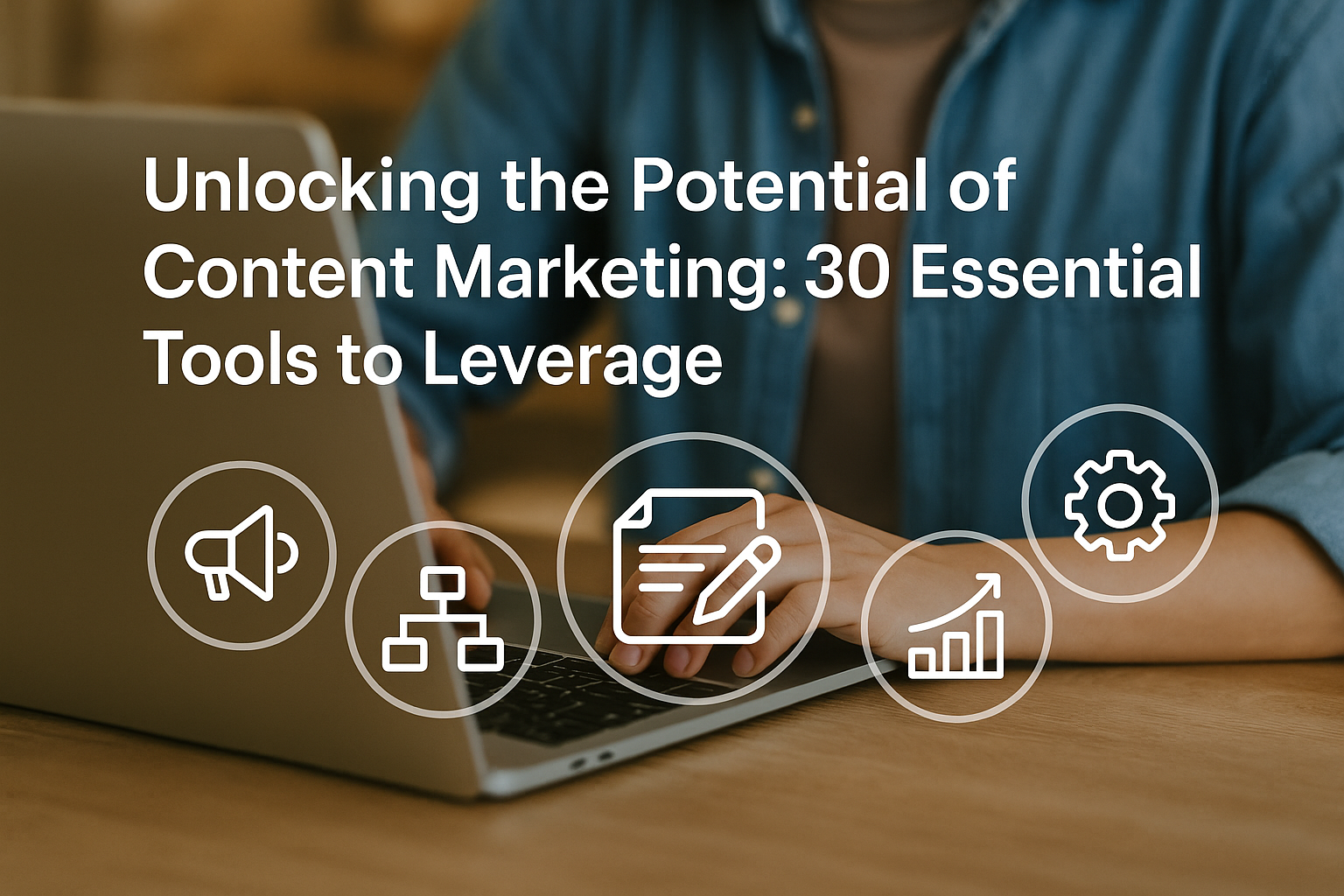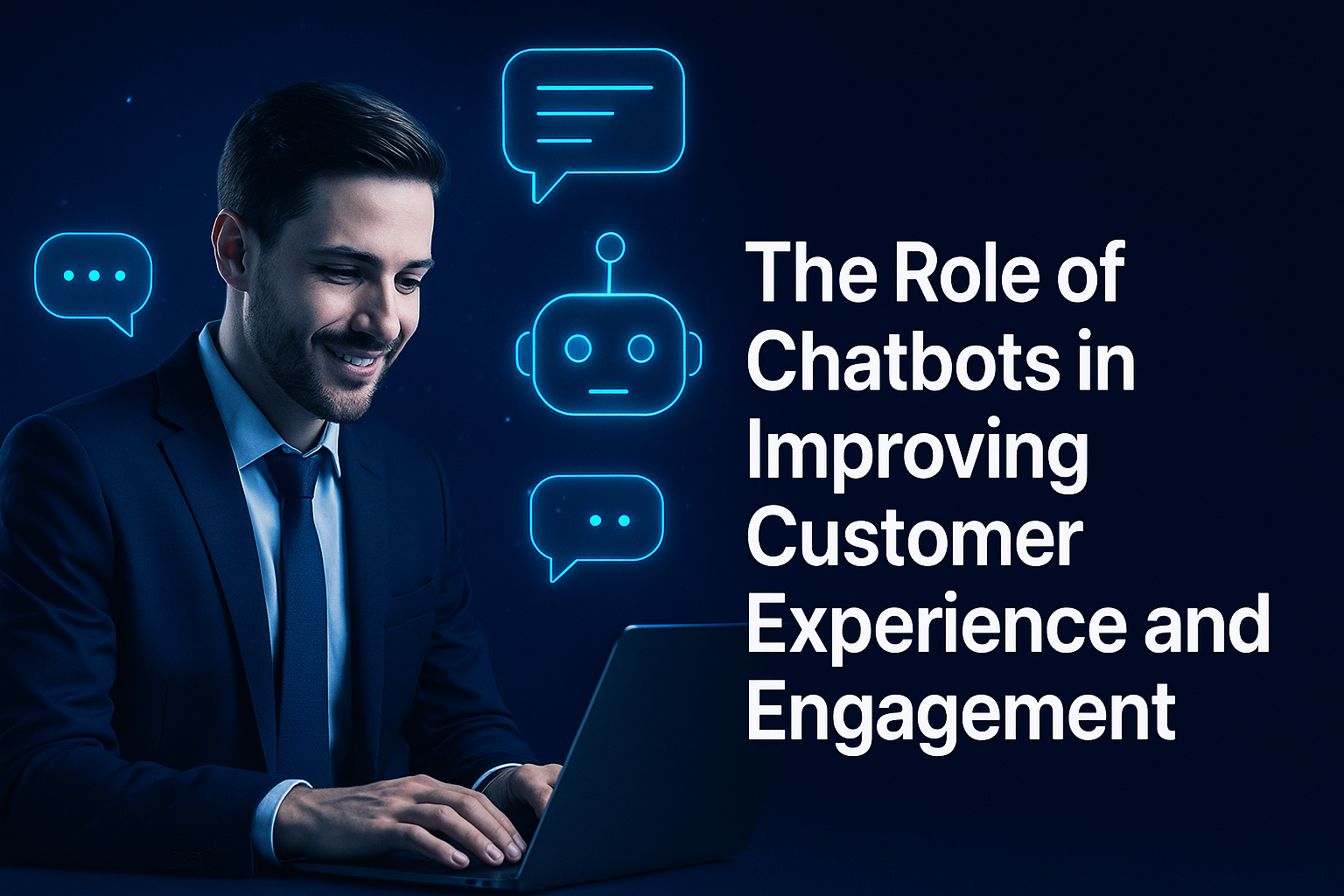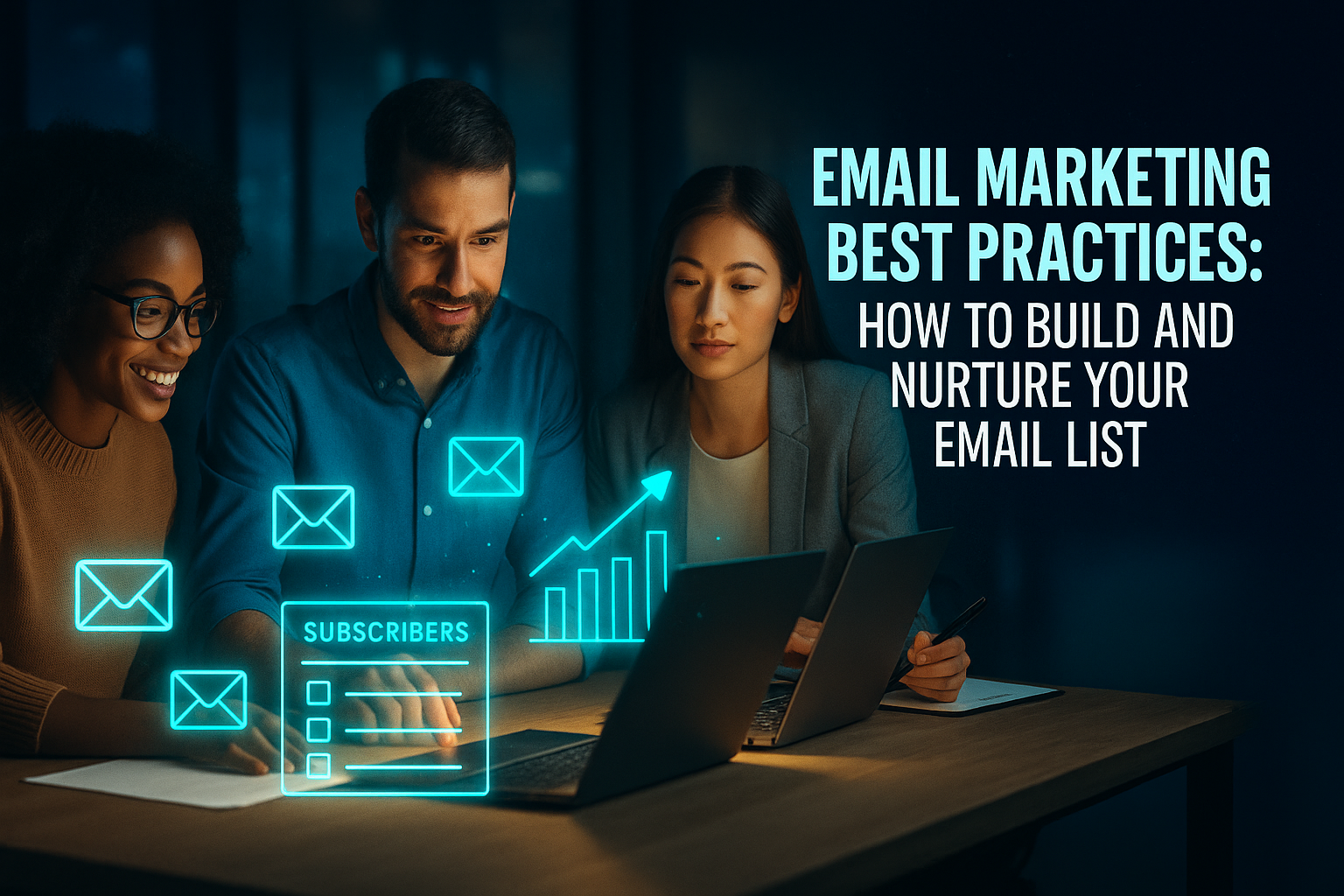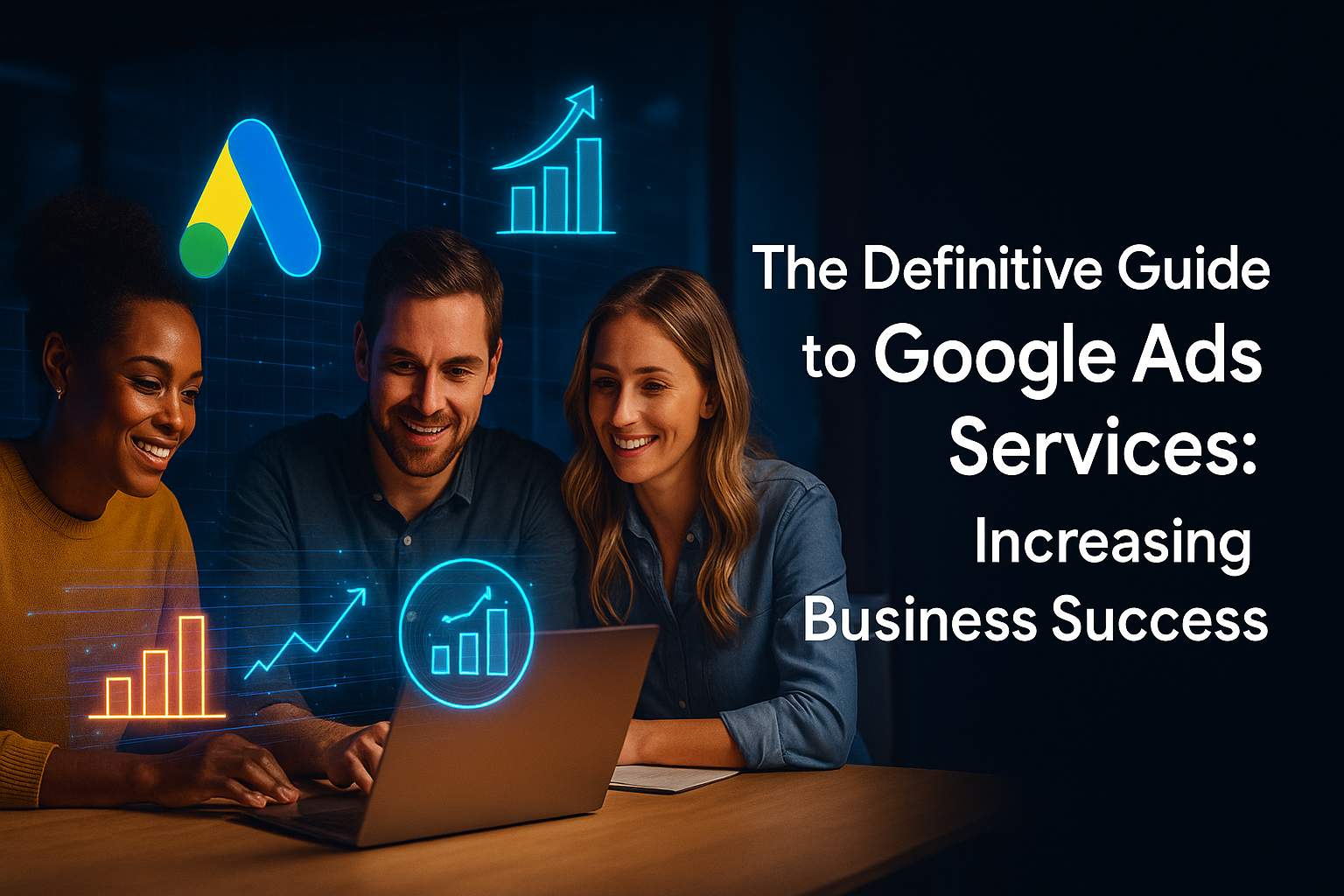Do you belong to the 73 percent of B2B marketers who’ve embraced the potency of content marketing as a pivotal element within their promotional strategies? If so, you’re likely reaping the numerous benefits, from bolstered brand awareness to cultivating qualified leads and cementing your industry authority. And for those who haven’t yet embraced content marketing, the countdown has begun. As this paradigm shift looms on the horizon, it’s essential to address two critical questions: How should you wield content marketing, and how can you master it with finesse? The answer lies in the arsenal of content marketing tools at your fingertips.
Fortunately, the toolbox brims with an array of marketing instruments poised to enhance your content’s efficacy while streamlining your efforts. Whether you’re on a quest for optimal content marketing tools or seeking utilities to catapult your campaign’s launch, the following compilation of 30 tools promises to maximize your productivity, effort, and outcomes.
1. Digital Experience with Optimizely’s Cutting-Edge Optimization Solutions:
Discover the power of Optimizely, a leading platform that empowers businesses to revolutionize their online presence. Unleash the potential of data-driven insights, advanced experimentation, and personalized experiences to achieve unprecedented levels of engagement and conversion. With Optimizely, you’re not just optimizing; you’re redefining digital success.
2. Construct Funnels using ClickFunnels:
ClickFunnels equips you with the tools to construct dynamic sales funnels. By guiding potential customers through a structured journey, from awareness to conversion, you can craft compelling narratives that drive results.
3. Demonstrate Procedures via Loom’s Screen Recording:
Loom’s screen recording enables clear tutorials with voice-overs, simplifying instructional content creation.
4. Cultivate Audience Engagement with SocialBee:
SocialBee is your wingman for social media management. By scheduling posts, categorizing content, and targeting specific demographics, it cultivates consistent engagement. This tool allows you to maintain an active presence across platforms, connecting with your audience through a tailored content mix.
5. Craft Informative Infographics Visually:
Visually simplifies infographic creation, enabling you to visually communicate complex information.
6. Foster Collaborative Workflows with Trello:
Trello is your visual collaboration hub, simplifying content project management. It empowers teams to plan, assign tasks, and monitor progress through customizable boards. This tool streamlines content creation, ensuring that everyone is on the same page, enhancing productivity and coordination.
7. Decipher Performance Insights with Google Analytics 4 (GA4):
GA4 offers advanced analytics for understanding user behavior, enabling the optimization of your content strategy.
8. Gauge Your Digital Impact via Kred:
Kred provides a novel way to measure your online presence by assigning scores that reflect your influence across various digital platforms. By gauging your social reach, you can gauge how effectively your content is resonating with your audience and strategically refine your engagement strategies.
9. Streamline Project Management via Basecamp:
Basecamp simplifies project coordination, fostering effective collaboration and content project management.
10. Capture, Organize, and Share Ideas Seamlessly through Evernote:
Evernote acts as your digital command center, offering a platform to capture and organize ideas, research snippets, and inspiration. Its user-friendly interface aids seamless collaboration, ensuring that creative sparks are never lost and that your content development process remains efficient.
11. Realize Code-Free Content Creation with Ceros:
Ceros empowers you to design interactive content without coding, engaging your audience with immersive experiences.
12. Harness Insights and Identify Influencers with BuzzSumo:
BuzzSumo is a powerful tool that delves into trending topics and identifies influential figures in your industry. By leveraging its analytics, you can tailor your content strategy to align with what resonates in your niche. Discovering key voices in the industry allows you to connect, collaborate, and amplify your content’s impact.
13. Discover Fresh Content Perspectives and Insights on Quora:
Quora provides a platform for content inspiration and engagement with a knowledge-seeking community.
14. Elevate Readability via Hemingway:
Hemingway analyzes writing for readability, suggesting improvements to ensure your content resonates effectively with your audience.
15. Craft Visually Stunning Imagery using Canva:
Canva is a design haven for content creators. Its intuitive platform empowers you to generate eye-catching graphics, infographics, and images, elevating your content’s visual appeal without requiring design expertise.
16. Enhance Static Content Presentation with Issuu:
Issuu transforms static documents into interactive experiences, enhancing user engagement with your content.
17. Command the Buyer’s Expedition through Uberflip:
Uberflip takes content curation to the next level by tailoring experiences for different stages of the buyer’s journey. By providing relevant content at each touchpoint, you guide users seamlessly through the decision-making process.
18. Tailor and Refine Images with GIMP:
GIMP offers advanced image editing capabilities, allowing you to enhance visuals to align seamlessly with your content’s message.
19. Semrush: Your Holistic Marketing Toolkit:
Semrush is your all-encompassing toolkit, offering an array of tools ranging from keyword research to competitor analysis. This comprehensive suite empowers you to fine-tune your content strategy, enhancing your online presence and impact.
20. Cultivate Organized Ideation with Mindnode:
Mindnode facilitates brainstorming by visualizing ideas in an organized manner. This tool aids in creating content themes and structured narratives.
21. Nurturing Connections with Email Marketing through MailChimp:
MailChimp simplifies email campaigns by offering automation, segmentation, and analytics. It allows you to nurture connections with your audience through targeted, personalized content that resonates and engages.
22. Showcase Compelling Visuals with Slideshare:
Slideshare transforms your content into visual presentations, making complex information accessible and engaging. It captivates your audience through immersive visuals.
23. Automate Triggers for Emails and Events with GetResponse:
GetResponse takes email marketing to the next level by automating triggers based on user interactions. This ensures timely, relevant communication, deepening engagement and driving conversion.
24. Elevate Your WordPress Content’s Performance with Yoast:
Yoast optimizes your WordPress content for search engines, offering real-time analysis and suggestions. By improving SEO, your content gains better visibility and engagement.
25. Amplify Social Reach with MashShare’s Share Buttons:
MashShare’s share buttons are designed for engagement, encouraging users to distribute your content across their social networks. This tool amplifies your content’s reach and impact, extending your online visibility.
26. Channel Instagram Traffic to Your Blog with MobileMonkey:
MobileMonkey’s chatbots facilitate interactive experiences on Instagram, directing traffic to your blog. By nurturing engagement, you convert followers into blog readers.
27. Surpass Competitors through Ahrefs’ Analytical Power:
Ahrefs offers comprehensive insights into your competitors’ content strategies. By understanding their strengths and weaknesses, you can fine-tune your own approach to gain a competitive edge.
28. Forge Captivating Videos via InVideo:
InVideo simplifies video creation with its templates and tools. This platform enables you to craft engaging videos that complement your content, conveying your message visually.
29. Streamline Social Media Management with Hootsuite:
Hootsuite centralizes your social media management efforts, allowing you to schedule, monitor, and engage across multiple platforms. It fosters consistent interaction, enhancing your brand’s online presence.
30. Elevate Proofreading with Grammarly’s Precision:
Grammarly is your virtual proofreader, ensuring impeccable grammar and spelling. By refining your content, it enhances its professionalism and readability.
Bonus Tips
- Consistency is Key: Regularly creating and sharing valuable content fosters ongoing engagement and trust with your audience.
- Data-Driven Iteration: Leverage the insights provided by these tools to refine your strategies, ensuring continuous improvement.
- Stay Agile: In the dynamic digital landscape, remaining adaptable and open to experimentation is vital for staying ahead.
In the journey to content marketing excellence, arming yourself with these tools and insights sets the stage for unlocking your full potential.
FAQs
Q. Why are content marketing tools essential for success?
A. Content marketing tools empower marketers to streamline efforts, enhance content quality, and gain deeper insights into audience preferences, thus driving overall campaign effectiveness.
Q. Can I use multiple content marketing tools simultaneously?
A. Absolutely! In fact, combining tools strategically can optimize your content creation, distribution, and performance-tracking efforts.
Conclusion
In the dynamic landscape of content marketing, wielding the right tools can be the difference between mediocrity and mastery. These 30 content marketing tools encompass a diverse spectrum of functionalities, equipping you to navigate the ever-evolving challenges and opportunities in the digital realm. As you harness their capabilities, you’ll be primed to not only keep pace but also surge ahead in the content marketing arena.










